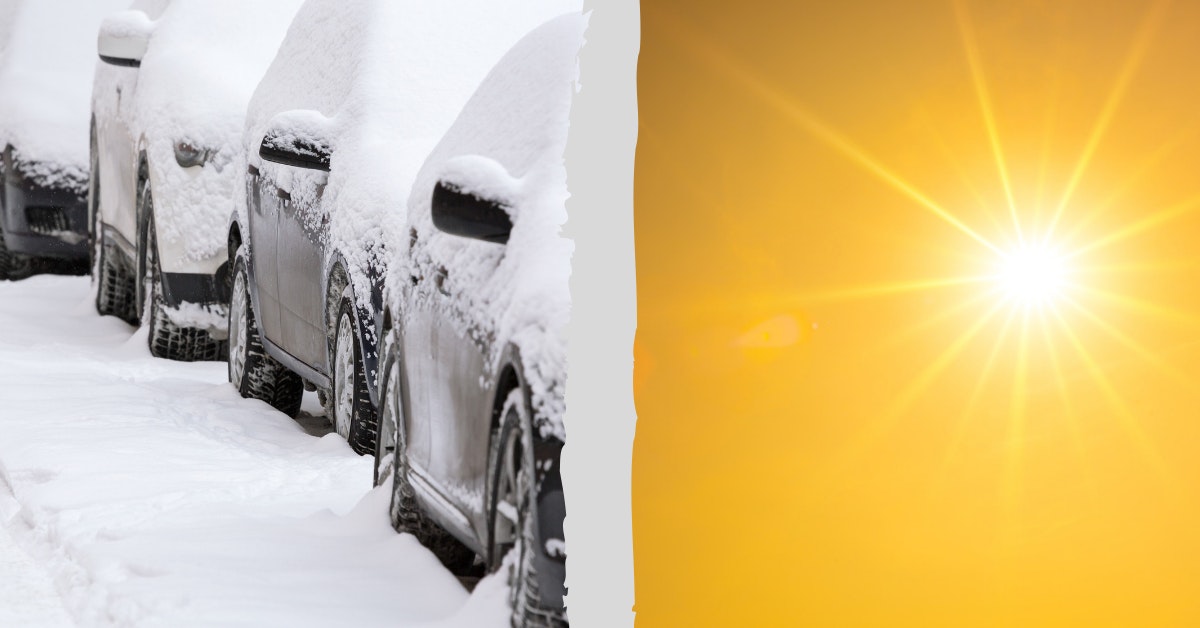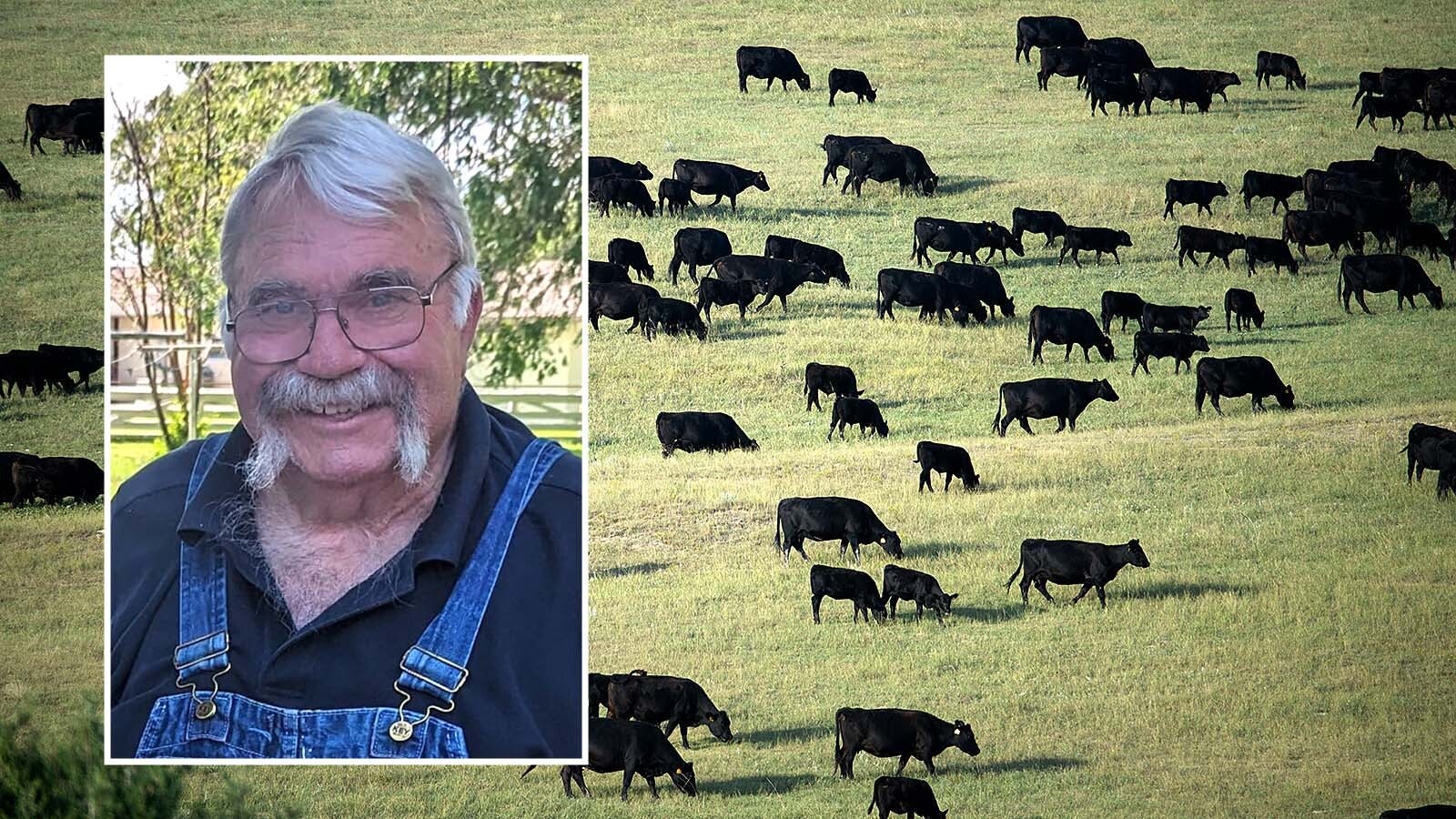Few would disagree the West is getting warmer, but how much warmer is a matter for debate and temperature sensors play a key role in the discussion, according to Cheyenne meteorologist Don Day.
Automatic Surface Observation Systems (ASOS) started replacing human weather observers in the U.S. around the 1980s and by the 1990s, they made their way to Wyoming.
“In the last 20 to 30 years, the process of observing and recording weather has gone to these automated systems,” Day explained. “The sensors usually set out at the end of the (airport) runway or somewhere close in order to get the information that is going to be most critical for aviation.”
Jared Allen, a National Weather Service meteorologist, said an array of people and businesses use weather data, but the aviation industry is a major player in the market.
“The majority of your National Weather Service offices across the country are co-located at airports,” said Allen, who serves as a liaison between the weather service’s Weather Forecast Office and the public. “And about 99 percent of the time, (the ASOS sensors) are going to be at airports.”
The weather service collects data from 15 ASOS sensors across Wyoming, and all but one are at airports, he added.
While data collected by sensors at airports is adequate for pilots and their instruments, Day said it falls short of creating a full picture of climate change.
A recent article in the Washington Post, provides a map, which highlights Cheyenne as a center of extreme climate change. A big, red blob covers the southeastern portion of the state indicating temperatures rose about 2 degrees Celsius from 1835 to 2018.
The weather did get warmer, Day said, but what the map does not take into account is the ASOS recording some of those changes is located in the center of a growing urban area at an airport surrounded by miles of concrete and tarmac. Additionally, the sensor is recording weather data for aviation, not climatology.
“If you’re piloting a (Boeing) 747, you don’t care if it’s 49 degrees or 50 degrees — you want to know what the visibility and the wind are doing,” Day explained. “But if you’re trying to track climate and are going to argue over a one-tenth degree temperature change, it is a big deal.”
Prior to the proliferation of ASOS sensors, Day said weather data collection was subject to rigorous standards and protocols.
“The temperature sensor off the ground had to be a standard height,” he said. “The shelters that housed the weather instruments had to be painted white, had to be certain dimensions and had to have a certain amount of airflow.”
The list of requirements goes on. Nowadays, Day said those standards have fallen by the wayside.
One extreme example of how far the standards have dropped was reported by the New York Times in 1991. An early-stage electronic thermometer consistently recorded temperatures at about 2 degrees Fahrenheit higher than actual, creating a new all-time high for Tucson, Arizona. The faulty readings became part of the official climate record and still stand today on the National Oceanic and Atmospheric Administration website.
“What has happened with the automation process — it’s not nefarious,” Day said. “As technology was developed and airports started getting away from having to pay somebody to make the observations by installing these systems, that international standard really got washed away.”
Allen agreed some deviations exist.
“There certainly can be some slight discrepancies,” he said. “There can be an urban heat island affect. If you have an ASOS that is directly inside the city, surrounded by houses, concrete or asphalt, that might read, temperature-wise, a touch warmer.”
But Allen said the weather service still uses standards for installing the sensors.
The placement, typically in the middle of an airfield or nearby the runway, is tested to ensure jet exhaust won’t affect temperature readings and trees won’t distort precipitation gauges.
“There should be a half-mile radius of nothing around the ASOS, so the tarmac temperatures don’t fully influence the temperature readings,” he explained.
Previously, temperature readings were recorded in the shade and at a specific height, Day said. But that’s not always the case with ASOS sensors, which can skew previously recorded temperatures to appear cooler than current temperatures.
“You are putting a temperature sensor in an environment that deviates from well-known and established standards,” he said. “Right off the bat, that’s not rigorous scientific protocol.”
To compensate for the discrepancies, Day said climatologists use varying formulas, depending on what they are extrapolating from the data.
“There is a lot of statistical analysis and equations put on the data to try to ‘account for the deficiencies of temperature measuring,’” he explained. “It makes it very ripe for people to take the data and make it whatever they want it to be.”
The climate change debate often hinges on temperature variances of less than 1 degree, many of which are determined after being processed through corrective equations, Day said.
“Very hard political decisions are being made around the world based on what people think is happening,” he said. “People need to tread very lightly and have an understanding of the sausage-making process. Everyone loves a hot dog, but no one wants to know how it’s made.”





